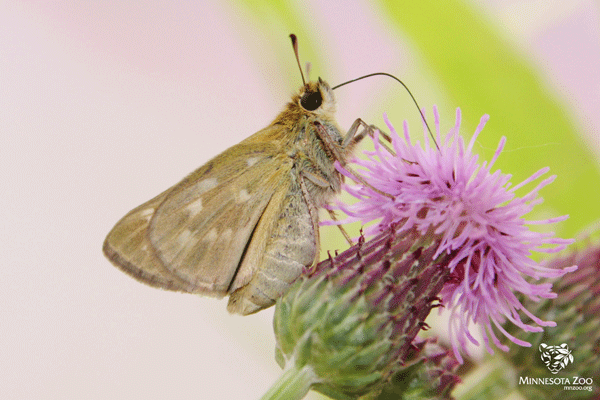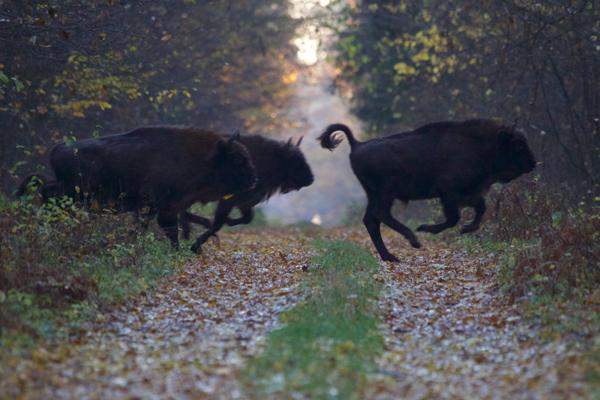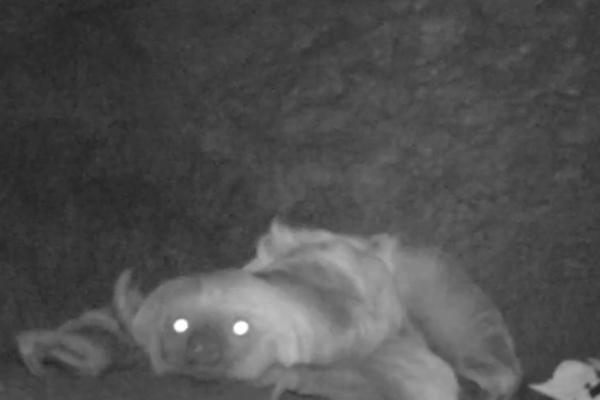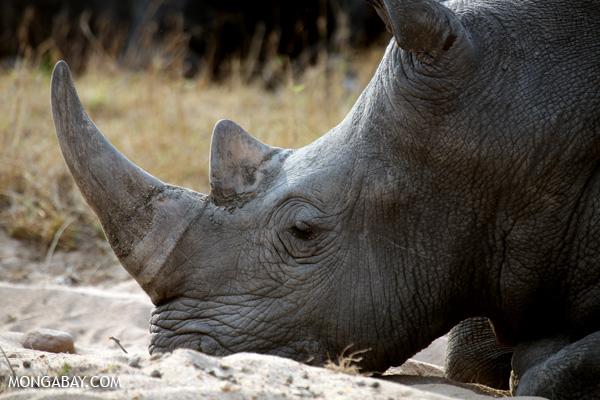This fall, the U.S. Fish and Wildlife Service added two little-known prairie butterflies to the Endangered Species Act. One of the species, the Poweshiek skipperling (Oarisma poweshiek), may be down to only a few hundred individuals. The Dakota skipperling (Hesperia dacotae) is faring a little better, but both have lost the majority of their habitat in the past few hundred years and continue to decline.
“Both [butterflies] have experienced significant regional and global declines in the last few decades, and they certainly must rank among the most endangered species on earth, especially the Poweshiek skipperling,” Erik Runquist with the Minnesota Zoo told mongabay.com. Runquist who works with the zoo’s Prairie Butterfly Conservation Program has been attempting to breed the species in captivity.
The listing under the ESA, the U.S.’s most powerful form of protection for vanishing species, should help preserve remaining habitat for the two species. However, Runquist says the most powerful outcome of the decision may actually be publicity.
“Charismatic megafauna usually grab the headlines, but we know next to nothing about most of the little creatures that are vital to ecosystem functions. Butterflies are better appreciated and known than most insects, but very few people know of Poweshiek skipperlings and Dakota skippers or of their stories,” he explained. “Their recent disappearance from much of their already highly fragmented range, as well as the apparent coincident decline of many other prairie butterfly species, is a real cause for concern. It suggests that the ecologically and historically vital prairies of the Upper Midwest are facing real, often unknown, threats. These two butterflies are just the most dramatic examples, and it is reasonable to assume that many others are experiencing the same difficulties.”
The North American tallgrass prairie, where these species reside, is one of the most imperiled ecosystems in the world. Less than one percent of the historic prairie survives today as over the centuries most has been converted to agriculture.
Runquist said that while it’s important to protect these species for their ecological role—including pollination—there are other, less tactile reasons, as well for saving these species from oblivion.
“The world would be a smaller, lonelier place for humanity if these small butterflies go extinct,” he noted.
For more on the plight of the Poweshiek skipperling: Zoo races to save extreme butterfly from extinction.
This article was written and published by Jeremy Hance, a contributing writer for news.mongabay.com. Republished with permission from news.mongabay.com, read the original.




